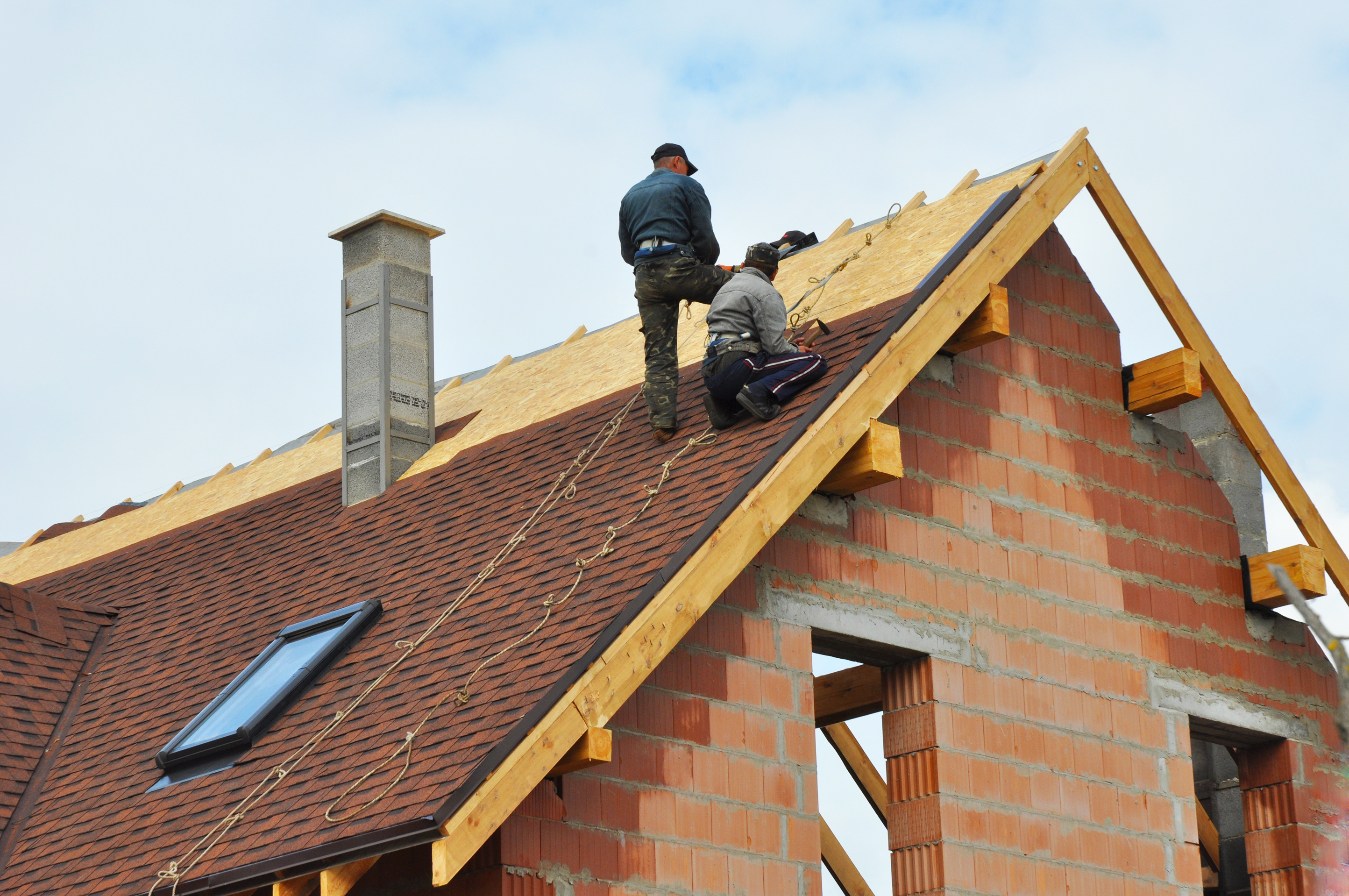Best Practices for Ensuring Appropriate Roofing Air Flow
Ensuring appropriate roof covering air flow is crucial for the longevity and efficiency of a roof. A well balanced consumption and exhaust air vent proportion, frequently 1:300, plays a pivotal function, with consumption vents preferably placed at the reduced side of the roofing for great air entrance and exhaust vents at the top for cozy air departure. Routine examinations to determine clogs and maintain clear airflow are extremely important. In addition, maintaining insulation away from vents is important to avoid air flow constraint. Recognizing these foundational components establishes the phase for more in-depth insights into setup and upkeep practices that can substantially enhance your roof covering system's efficiency.
Understand Ventilation Essentials
Correctly comprehending ventilation basics is important for making sure the longevity and efficiency of roof systems. Efficient air flow minimizes moisture build-up and temperature level extremes in the attic, both of which can result in substantial structural damages in time. A well-ventilated roof helps in preventing typical problems such as mold and mildew growth, timber rot, and ice dams, which can jeopardize the stability of the roof covering materials and the underlying frameworks.
The main objective of air flow is to facilitate the motion of air, permitting a constant exchange in between the outside and interior atmospheres. This equilibrium is achieved through a combination of consumption and exhaust vents that work with each other to keep ideal airflow. Consumption vents, usually situated along the soffits or eaves, enable fresh air to get in the attic area, while exhaust vents, typically located at or near the roofing system ridge, make it possible for hot, damp air to run away.
Key aspects affecting the performance of roof covering ventilation include appropriate placement, adequate sizing, and guaranteeing that both consumption and exhaust vents are unhampered. Routine inspection and maintenance are essential to identify potential obstructions, damage, or ineffectiveness in the air flow system, thereby safeguarding the roof covering's performance and longevity.
Sorts Of Roof Covering Vents
Roofing system vents play an essential function in keeping effective attic room ventilation and, by expansion, the overall health of the roof. Numerous sorts of roofing system vents are readily available, each with special benefits tailored to details roof needs. Ridge vents, for instance, are installed along the roofing's peak, enabling warm, damp air to run away from the attic room. They provide continual air flow and blend flawlessly with the roofline, making them both efficient and aesthetically pleasing.

Soffit vents are installed under the eaves and operate in tandem with roofing system vents to make certain a well balanced intake and exhaust system. By enabling cooler air to go into from below, soffit vents facilitate the expulsion of warm air via upper vents. Gable vents, located on the outside wall surfaces of the attic room, offer an additional effective service, specifically in homes with saddleback roofs.
Analyze Your Current Ventilation

Following, take into consideration the age and condition of your roofing products and ventilation elements. Older systems might not adhere to current building regulations or might have weakened her latest blog in time, minimizing their performance. Conduct a comprehensive examination to identify any type of signs of deterioration, such as rust, damage, or voids that might endanger the system's efficiency.
Additionally, gauge the attic temperature level and humidity degrees. Heats and humidity can show insufficient air flow - roofing companies gainesville florida. Utilize a hygrometer and thermostat to acquire exact readings, contrasting them with outside problems. Relentless discrepancies suggest possible problems that need resolving.
Installment Best Practices
Effective installation of roofing ventilation systems is paramount for ensuring optimum performance and durability. Appropriate setup starts with recognizing the details air flow demands of the building and the roofing system it covers. This entails calculating the correct ratio of intake to wear down vents, normally sticking to the 1:300 rule, which stipulates one square foot of air flow for every single 300 square feet of attic room floor room.

The positioning of vents is similarly crucial. Intake vents need to be installed at the roof covering's reduced side, often in the soffits, to permit great air to enter. Exhaust vents, on the other hand, need to be set up near or at the roofing's optimal to facilitate the leave of cozy, moist air. This produces an all-natural airflow that helps keep temperature and wetness balance within the attic room.
Seal all vent links carefully to stop air leakages and potential water infiltration. Use premium sites products and follow manufacturer standards to ensure sturdiness and effectiveness. Additionally, integrating ridge vents with baffles can dramatically enhance airflow performance by avoiding wind-driven rainfall and snow from getting in the attic.
Inevitably, precise setup of roof covering air flow systems reduces possible issues such as mold and mildew growth, ice dams, and structural damage, guaranteeing the roof's integrity and the building's general health.
Regular Maintenance Tips
Consistency in upkeep practices is basic to making sure the long-term performance of roof ventilation systems. Throughout these assessments, ensure that vents are cost-free of debris, nests, and various other blockages that could hamper airflow.
Cleansing the vents is one more important job. Utilize a soft brush or a vacuum cleaner to eliminate dust and particles from intake and exhaust vents. Beware not to damage the air vent screens or louvers throughout the process. In addition, examine the attic room area for any indications of water damages, which might endanger the stability of the roof covering system.
Correct insulation is similarly important. Make certain that attic insulation does not obstruct the vents, as this can seriously limit airflow. If any type of insulation has actually changed or resolved, reposition or replace it to keep an effective barrier.
Lastly, replace any type of harmed or missing out on elements promptly. Damaged vents, split shingles, or shabby flashing can all add to poor ventilation and must be attended to right away. Normal maintenance guarantees that the roof air flow system works optimally, thereby extending the life-span of the roofing system itself.
Final Thought
Making sure proper roofing ventilation is vital for maintaining the effectiveness and sturdiness of a roof. Adherence to the 1:300 intake and exhaust vent proportion, paired with the critical placement of vents, is important. Regular semiannual evaluations, debris cleansing, and making sure insulation does not block air flow are vital practices. Applying these best techniques will cultivate a well-ventilated roof, thereby reducing prospective issues connected to moisture accumulation and excessive heat, inevitably prolonging the roof's life-span.
A balanced consumption and exhaust air vent proportion, commonly 1:300, plays an essential role, with consumption vents preferably placed at the lower side of the roofing system for awesome air entrance and exhaust vents at the peak for cozy air exit. Intake vents, typically located along the eaves or soffits, permit fresh air to go into the attic room, while exhaust vents, usually located at or near the roof covering ridge, allow check my source warm, humid air to leave.
Soffit vents are mounted under the eaves and work in tandem with roofing system vents to guarantee a well balanced intake and exhaust system. By permitting cooler air to enter from below, soffit vents assist in the expulsion of warm air through upper vents. Adherence to the 1:300 intake and exhaust vent ratio, paired with the critical positioning of vents, is vital.
Comments on “Customer Testimonials on the Best Gainesville FL Roofing Companies Readily Available”